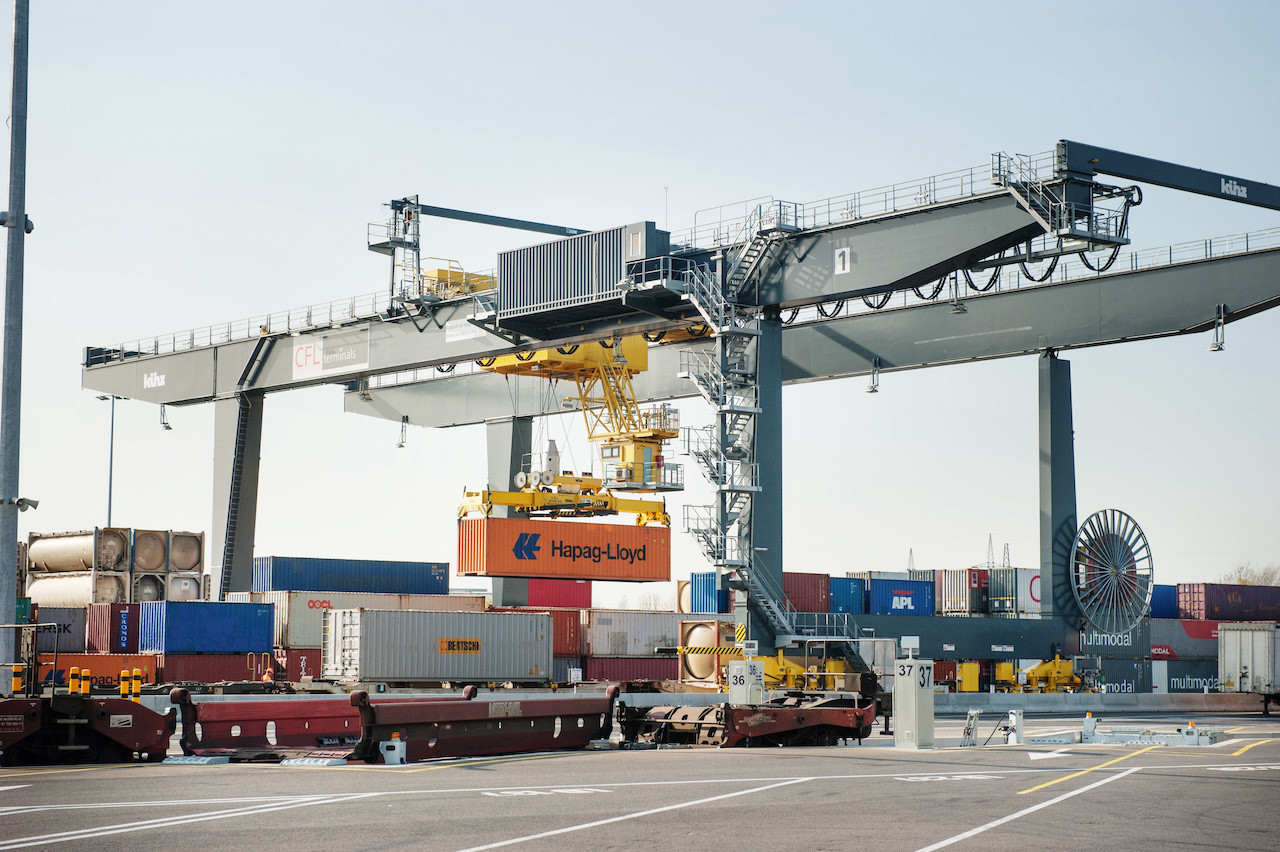Shortages, delays, empty shelves, higher prices, stockpiling. Supply chain problems have been mounting since the beginning of the pandemic and the effects are being felt by almost every sector of the economy. Construction, for instance, was severely affected by drastic shortages of materials coupled with high steel and wood prices. The automotive sector still cannot deliver cars due to sustained chips shortages. Consumers are stockpiling, again leaving shelves at supermarkets empty.
What happened, what is the state of events?
In the first of the series, Prof. Benny Mantin looks at production and supply. Later this week he will speak about the problems facing transport and global trade.
Production and supply, the Bullwhip effect and how to avoid it
The current situation is a complex, delicate and entangled series of events, which involve the pandemic, long term trends in the evolution of global industries and supply chains, as well as trade and politics. The pandemic is the most visible culprit, having sent shockwaves of disruptions throughout supply chains. During the early stages, social distancing and quarantine measures hampered demand on the one hand, and severely affected supply on the other hand. With many countries relaxing their measures, demand is picking up and supply is striving to match the pace. Two main impediments here are production and long chains of supply.
As demand slowed down so much during the pandemic, many facilities took significant measures to remain afloat. They did so by slowing down production, sometimes even running their facilities on “empty” when possible, writing down inventories, laying off employees, and in extreme cases shutting down facilities. Resuming operations is far from trivial. Employees need to be hired and trained again; many facilities require long set up times. For example, furnaces at steel production take several weeks to reach the right temperature before production can take place.

The CFL intermodal terminal at Bettembourg is a key supply chain hub connecting much of Europe. LaLa La Photo
Even when the resources are ready to produce and spit out goods, a company might still face issues in their supply for necessary materials. Inventories throughout supply chains (wood, metals, chemicals and plastics, components for electronics, …) have dried up during the pandemic and filling them up takes time. Rome was not built in a day. This period of time is very sensitive to the behaviours of the different decision makers along the supply chain. This is exactly when the increase in end-consumer demand triggers the Bullwhip effect.
The Bullwhip effect is a well-known phenomenon in supply chains, describing how small fluctuations in demand at the retail level can cause progressively larger fluctuations in demand at the wholesale, distributor, manufacturer and raw material supplier levels. A famous instance from Procter & Gamble (P&G) illustrates the phenomenon. When the company decided to study the irregularity of the order patterns of Pampers, it noticed that sales at retail stores exhibited some minimal variability. After all, demand for diapers is fairly stable. Moving up the supply chain, distributors’ orders amplified these fluctuations. Then, even further up the supply chain, P&G’s orders to its own suppliers showed some significant swings. Again, two factors play a key role here: delays and lack of transparency.
· Delays. As information flows up the supply chain in the form of orders, it is subject to processing delays. Orders are entered into the system, integrated into the production planning system and scheduled, before an order to the next tier in the supply chain is generated. These delays can occur due to production times, logistics and delivery times, which tend to be rather congested these days.
· Transparency. Once the order to a supplier is placed, the firm usually has limited insight into the state of the order. Suppliers tend to keep their information about their own suppliers close to their chest. In this configuration many firms assume that order is not arriving and hence place another order, or, because orders are not arriving fast enough, they decide to place orders right now for future jobs. Some even place orders with alternative suppliers as well. Thus, orders placed with suppliers are now amplified by a factor of 2, 4, or even 10.
Naturally, many of these orders are phantom orders by firms, mounting some pressure on their suppliers, who in turn ask their suppliers for even more supply. When the units finally arrive, the firm either accepts only the first delivery and the supplier get stuck with the extra units, or the firm takes it all in and gets stuck with excess inventory. Either way, we have excess supply in one of the tiers.
The upward swing in demand is now over, giving rise to the down swing in demand along the supply chain. This major swing in demand and supply is often followed by subsequent similar, but less profound tremors, which ultimately subside. Usually this Bullwhip subsides after 6-9 months, but firms can speed up the process. Sharing information, embracing digital solutions, and facilitating coordination between suppliers and customers enable smoother supply chains that can overcome such impacts much faster.
Value chains strive to specialise and reduce cost, which results in the breaking down of production and fragmentation of supply chains whereby facilities are relocated to the place where production is cheapest.
While in the past researchers have mostly studied isolated effects - changes in demand (or supply) and how these changes fluctuate up (or down) in the supply chain -, the ongoing situation is more of a systemic challenge. Some suggest that it may take 2-4 months for such a Bullwhip to stabilise.
Another culprit entails a number of long-term trends whose weaknesses existed for a longer time already but where only recently exposed by the pandemic. One such trend is the globalisation and lengthening of supply chains. Value chains strive to specialise and reduce cost, which results in the breaking down of production and fragmentation of supply chains whereby facilities are relocated to the place where production is cheapest. This results in global supply chains that are unfortunately less transparent than ever, and that take longer to recover when disruptions hit.
Ways to alleviate the Bullwhip effect: lean
Another trend is the reliance on lean, where firms along the supply chain coordinate their moves and share information. Lean is often interpreted as maintaining a low level of inventory to reduce cost and remain competitive. But it is an instrument to achieve coordination between firms along the supply chain, not an end in itself that can be implemented in isolation.
The concept was perfected by Toyota. Toyota determines its optimal inventory levels while considering the respective levels at its suppliers. If a supplier can easily deliver units to Toyota, then the latter can reduce its inventory level. However, if a supplier is exposed to longer recovery time when a disruption hit, Toyota will then keep higher levels of inventory to protect itself against such occurrences. It comes as no surprise that the current chip shortage barely fazed Toyota.
In the absence of transparency and as many firms strived to remain competitive, many have trimmed their inventory levels more than necessary. Firms that embrace lean need to do so by engaging their suppliers and other supply chain partners to properly cushion themselves against such disruptions.

